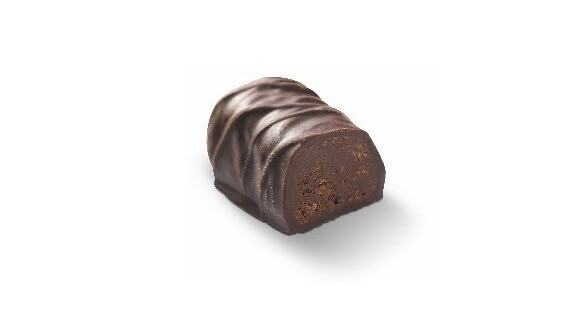
Do sarcopenic seniors eat as good as Nonsarcopenic ?
There is growing evidence of a relationship between nutrients and muscle mass, strength, and physical performance. Although nutrition is seen as an important pillar of treating sarcopenia, data on the nutritional intake of sarcopenic older adults are limited. A Dutch study has finally interested.
She compared the dietary intakes and some markers of nutritional status of 53 sarcopenic over 65 years to 174 other elderly non sarcopenic using a dietary questionnaire and blood tests (the Maastricht Cohort Study Sarcopenia ). Selected biochemical markers are vitamin D status, magnesium, vitamin E / cholesterol, homocysteine (marker of vitamins B6, B9 and B12) and the profile of omega-3 and omega-6.
Insufficient intake of protein, vitamin D, omega-3 and selenium
 Sarcopenic older adults had a 10%–18% lower intake of 5 nutrients (omega 3, vitamins B6 and B9 (folic acid), vitamin E, magnesium) compared with nonsarcopenic older adults. Their intake of protein, alpha-linolenic acid, selenium and vitamin D are also lower but the difference is not significant.
Sarcopenic older adults had a 10%–18% lower intake of 5 nutrients (omega 3, vitamins B6 and B9 (folic acid), vitamin E, magnesium) compared with nonsarcopenic older adults. Their intake of protein, alpha-linolenic acid, selenium and vitamin D are also lower but the difference is not significant.
When they use food supplements (34% only) focusing on vitamins B, C, D, E, calcium, magnesium, selenium and zinc, the differences are attenuated and only the intake of omega-3 are lower (by 19% in g / day) between groups.
When comparing this time to dietary recommendations, most subjects with sarcopenia have insufficient intakes. Energy intake is insufficient in men and carbohydrate intake below recommendations for men and women.
In the case of proteins, 74% of patients do not achieve 1.2g / kg body weight / day recommended (81% of non sarcopenic either) and 25% of subjects consume even less than 0.66g / kg body weight / day (12% of non sarcopenic too).
These limited intakes are often consecutive to insufficient energy intake or undernutrition. Other shortcomings intakes of EPA + DHA and selenium, which are 11% and 24% lower than the recommendations (respectively). As for vitamin D, it is a quarter of what is recommended (5 instead of 20 .mu.g / day) in all subjects.
Nutritional status at risk
The blood tests revealed lower levels of EPA and vitamin D in very elderly sarcopenic subjects (86-95 years) living in institutions. The linoleic acid content (omega-6) are also lower compared to non sarcopenic.
Finally, their homocysteine levels are higher by 27% compared to subjects without sarcopenia, a sign of increased oxidative stress and a muscle protein catabolism.
Nutritional interventions targeting proteins, energy, vitamin D, omega 3 and the selenium seem, obviously, necessary with the eldery sarcopenic population to improve their nutritional status.
Source : Differences in Nutrient Intake and Biochemical Nutrient Status Between Sarcopenic and Nonsarcopenic Older Adults-Results From the Maastricht Sarcopenia Study. Ter Borg S, de Groot LC, Mijnarends DM, de Vries JH, Verlaan S, Meijboom S, Luiking YC, Schols JM. J Am Med Dir Assoc. 2016 May 1;17(5):393-401.